 |
 |
 |
Kermadec Islandsunderwater photos of marine life at the Kermadec Islandswww.seafriends.org.nz/images/kermadec.htm (all photos A5@300dpi quality unless indicated otherwise)
|
| Keywords: NZ, New Zealand, Kermadec, Raoul, MacAuley, Esperance, Pacific, diving, scuba, sea, underwater, discovery, adventure, coral, nature, environment, subtropical, subtropic, cool coral habitat, |
 |
 |
 |
 |
 |
 |
 |
 (Bathystethus cultratus) close to the surface. Although knifefish swim around freely, they are not blue sea pelagic, but stay around the bubble-impregnated wild waters close to shore. These provide protection and also planktonic food, which is richer close to the sruface.. |
 |
 |
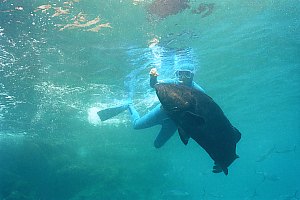 |
 |
 |
 |
 |
 |
 |
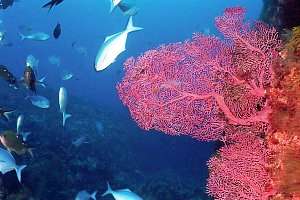 |
 |
 |
 |
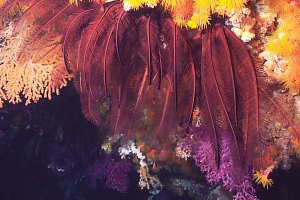 |
 |
 |
 |
 |
 |
 |
 |
 |
 |
 |
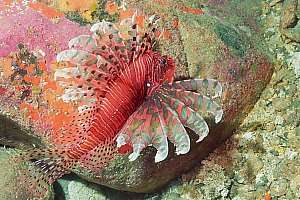 |
 |
 |
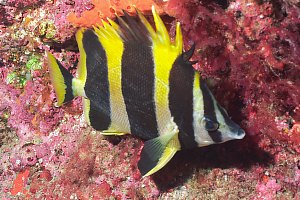 |
 |
 f031519: Striped boarfish (Evistias acutirostris) |
 |
 |
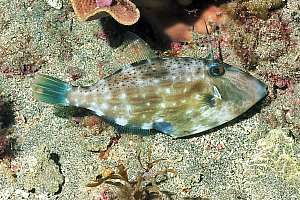 |